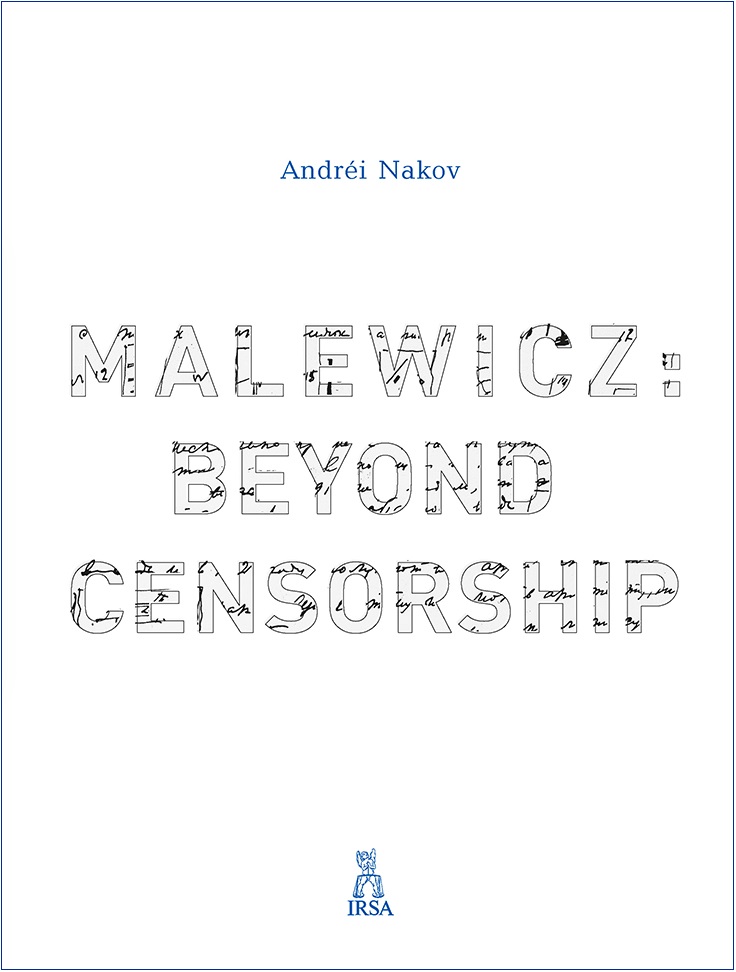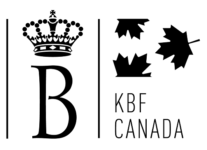- Cracow 2021
- 200 × 257 mm, 180 pages
- laminated hardback, 109 colour illustrations
- ISBN 978-83-89831-43-9
Également disponible en version française Malewicz : au-delà des censures
Erased from the cultural scene for decades – even during his lifetime – Kazimir Malewicz’s (1879–1935) œuvre was only rediscovered in the West in the late 1950s. Three more decades passed before it could be accessible to the Russian public. It was gradually assimilated through a series of interpretative filters – aesthetic, political, cultural and others – but the extraordinary potential of the artist’s work has been hampered by fantastical elucidations, several of which persist to this day. A number of foundational myths about the artist’s ethnic background (his relationship to his mother tongue), his rapport to the religious culture of his Russian environment and, chiefly, his place in modern European art to which he was deeply attached, are considered here. Our reading of Suprematist forms is still an essential aspect of his art: beyond his numerous writings it shapes a decisive understanding of his artistic message.
The aim of this book is to question a certain number of anti-modernist visual and cultural prejudices. Advancing ever further in his interpretation of the artist’s œuvre, Andréi Nakov uncovers hidden layers of a creative production that shows itself to be increasingly important to our comprehension of 20th-century modernity.
In addition to the 2002 Malewicz’s Catalogue raisonné, Andréi Nakov is the author ofnumerous works on the artist, includinghis monumental four-volume monograph Malevich, Painting the Absolute publishedin English in 2010, not to mention a numerof other works written in French and translatedinto English, Russian, Italian and other languages. Recently Nakov has publishedstudies on Wassily Kandinsky (Kandinsky, the Enigma of the First Abstract Painting, 2015)and Vladimir Tatlin (Tatlin’s Reliefs: From Cubism to Abstraction, 2020) with the IRSAInstitute in Kraków, Poland, as well as severalessays on Polish art since 1945. The latest ofthe numerous museum shows he curated was The Advent of Abstraction, Russia, 1914–1923 at the National Gallery of Canada in Ottawa, in 2017 (catalogue issued by 5 ContinentsEditions, Milan, Italy).

CONTENTS
I N T R O D U C T I O N
PA R T I :
BEYOND CENSORSHIP
C H A P T E R 1
THE INCOMPREHENSION AND CONFUSIONS THAT STEM FROM CENSORSHIP
C H A P T E R 2
A MODERNITY THAT LEAPS OVER BORDERS
C H A P T E R 3
LIBERATING ONESELF FROM ALL NATIONAL ALLEGIANCES
C H A P T E R 4
LOOKING TO THE WEST
C H A P T E R 5
RAISING THE FLAG: SUPREMATISM, A “STRANGE WORD”
C H A P T E R 6
“I HAVE TRANSFORMED MYSELF IN THE ZERO OF FORM”
C H A P T E R 7
COMMAS, ALOGIST LEVERS OF MEANING
C H A P T E R 8
REJECTION AND CENSORSHIP
C H A P T E R 9
“KNOWING WHAT SPEAKING MEANS”
C H A P T E R 1 0
DIFFERENT WAYS OF HANGING A WORK ALTER ITS MESSAGE
P O S T S C R I P T
USELESS SCIENCE
PA R T I I :
CATALOGUE RAISONNÉ: SUPPLEMENTARY COMMENTARIES
C H A P T E R 1 1
THE QUESTION OF HANGING: HOW TO MAKE HEADWAY IN INTERPRETING THE ŒUVRE?
C H A P T E R 1 2
REVISIONS AND CORRECTIONS, ADDITIONAL DOCUMENTS
C H A P T E R 1 3
A TEMPEST IN A TEAPOT
A P P E N D I X
DEFINITION OF THE TERM “SUPREMATISM”

Published with the support of the Archive of Modern Conflict AMC.

Funding partly provided by KBF CANADA